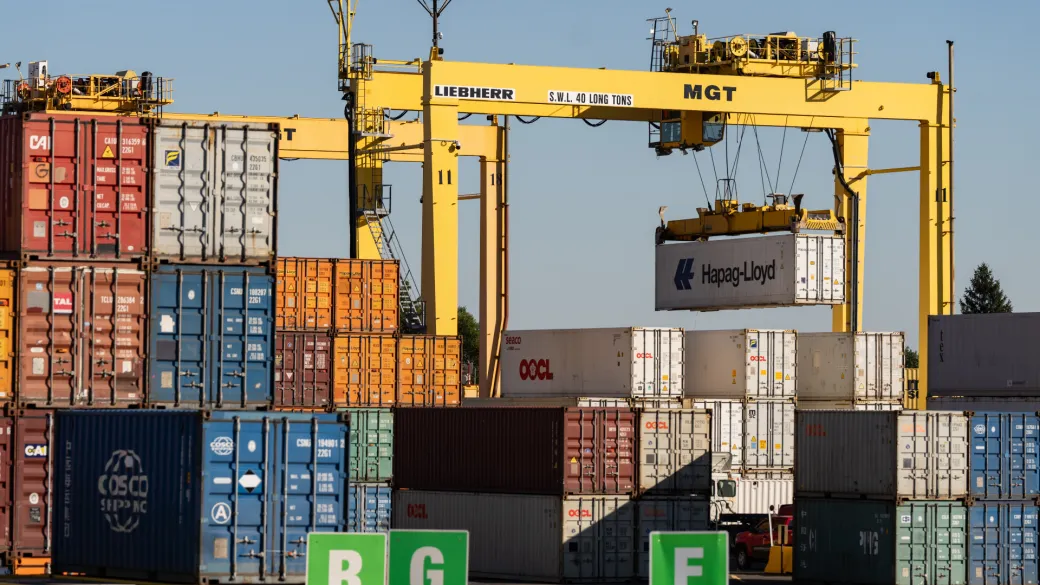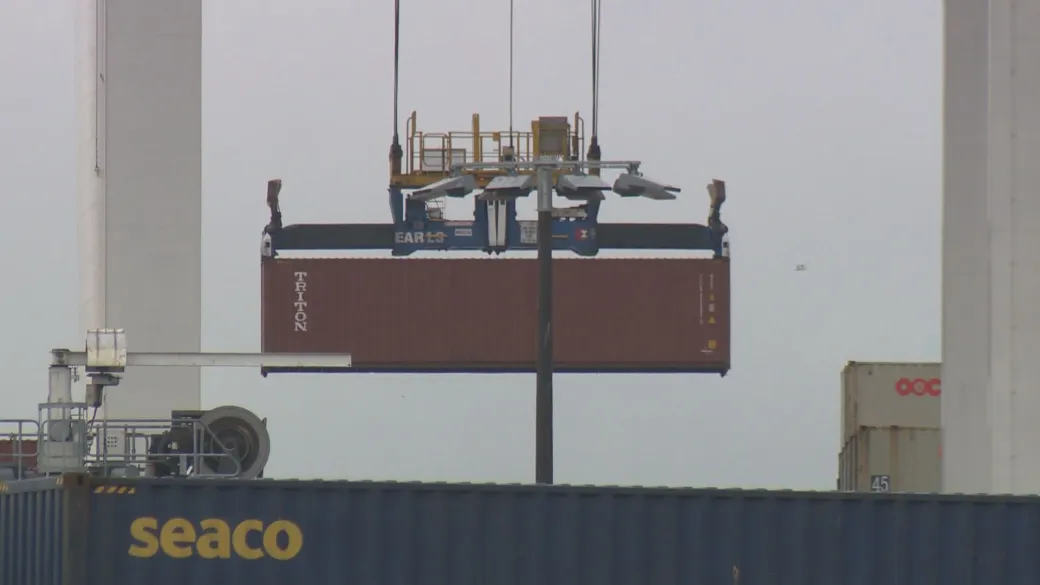News
Will your medication be impacted by port strike ripples? What experts say
In the wake of two separate labour disputes affecting Canada’s largest ports, could further disruptions or ripple effects threaten the supply of medical goods, such as drugs and equipment?

It’s possible, one expert says, as some manufacturers say they are making plans in case of further disruptions.
While Canada does have stockpiles of medication and health-care supplies, these reserves are not limitless, said Mina Tadrous, a pharmacist and assistant professor at the University of Toronto’s Department of Pharmacy.
“The way that medications enter the country, a vast majority of our drugs come from outside of Canada,” Tadrous told Global News. “And the most common way they do come in is by sea.”
He added that if the port disruptions continue, everything from over-the-counter pain relievers to surgical supplies could be affected.
The federal labour minister intervened to end the work stoppages at Canada’s largest ports in British Columbia and Quebec, ordering “final and binding arbitration” to resolve the disputes.
While work is set to resume within days, it will still take time to clear the backlog caused by the shutdowns, which have disrupted over $1.2 billion worth of goods daily.
It took weeks to clear backlogs from major labour stoppages like the Canadian railway shutdown earlier this year and the U.S. port strike.
Although Canada maintains some medication stockpiles, these reserves are not endless, raising concerns over potential shortages if the supply chain isn’t restored quickly.

On top of the port shutdowns, Canada Post workers could be on the picket line or locked out by the Crown corporation as soon as Friday, after both a strike and lockout notice were issued.
 The Canadian Union of Postal Workers issued a notice Tuesday morning that it would be in a legal strike position as of 12:01 a.m. eastern on Friday, though it did not say what job action could look like.
The Canadian Union of Postal Workers issued a notice Tuesday morning that it would be in a legal strike position as of 12:01 a.m. eastern on Friday, though it did not say what job action could look like.Tadrous said he doubts medication and medical supplies will be impacted by the Canada Post strike, but it could impact those living in rural areas.
Health Canada said it is working closely with industry associations and manufacturers to assess any risk of health product shortages that could result from the labour disruptions.
“At this time, no immediate impacts have been identified. The department will continue to monitor this situation and will not hesitate to take action to mitigate the impacts of any shortages that may occur,” a spokesperson told Global News in a Wednesday email.
Although the drug supply has not been impacted yet, Tadrous noted that any disruption in the supply chain can have lasting effects. He added it’s hard to predict which drugs might be impacted.
In the case of popular medications like Ozempic and Wegovy, the drug manufacturer Novo Nordisk told Global News the company has mitigation plans in place to minimize any production disruption due to seaport strikes.

“All raw materials, components, and API to production sites in the United States will be airfreighted depending on the stock levels of the item at the respective production sites,” a spokesperson told Global News in an email on Wednesday.
“This will minimize or prevent any production disruption due to the seaport strikes. Medicines intended for Canada are either shipped by airfreight or truck. With the mitigation plans in place, we expect the impact from the strikes to be minimal and manageable.”
Despite a potential shortage, Tadrous reassured Canadians that, for now, there are still sufficient stockpiles of medicines available in the country, so there’s no immediate need to worry or stockpile.
“In most cases, what we find is that you have a couple of months supply, but if it lasts too long you start to really dwindle your supply in a major way,” Tadrous said.
One of the reasons Canada is vulnerable to drug shortages is that it’s a small market, representing only about two per cent of global drug and medical device sales, according to Health Canada.
Most of the drugs and medical devices used in Canada are imported and it’s often the case that these products are sourced from a single supplier.
Even when Canada manufactures its own medications domestically, nearly all of the active ingredients used in production are imported from abroad, primarily from countries like India, China, and Mexico, according to a 2022 study by the Canadian Generic Pharmaceutical Association.

It’s not as if the ports close and drugs immediately disappear, Tadrous explained. There are still medications sitting on wholesalers’ shelves, hospital shelves and pharmacy shelves.
However, he emphasized that while there is a protective buffer within the supply chain, now is the best time to start planning ahead — before shortages become a reality.
“People should not be freaking out. There are contingency plans,” he said. “I think the last thing we want is people trying to stockpile or do anything of that sort. I think it’s just making it clear that there’s a lot of drugs in this supply chain, these take months to precipitate.”
— with files from Global News’ Craig Lord and Sean Previl
Our Recent News




